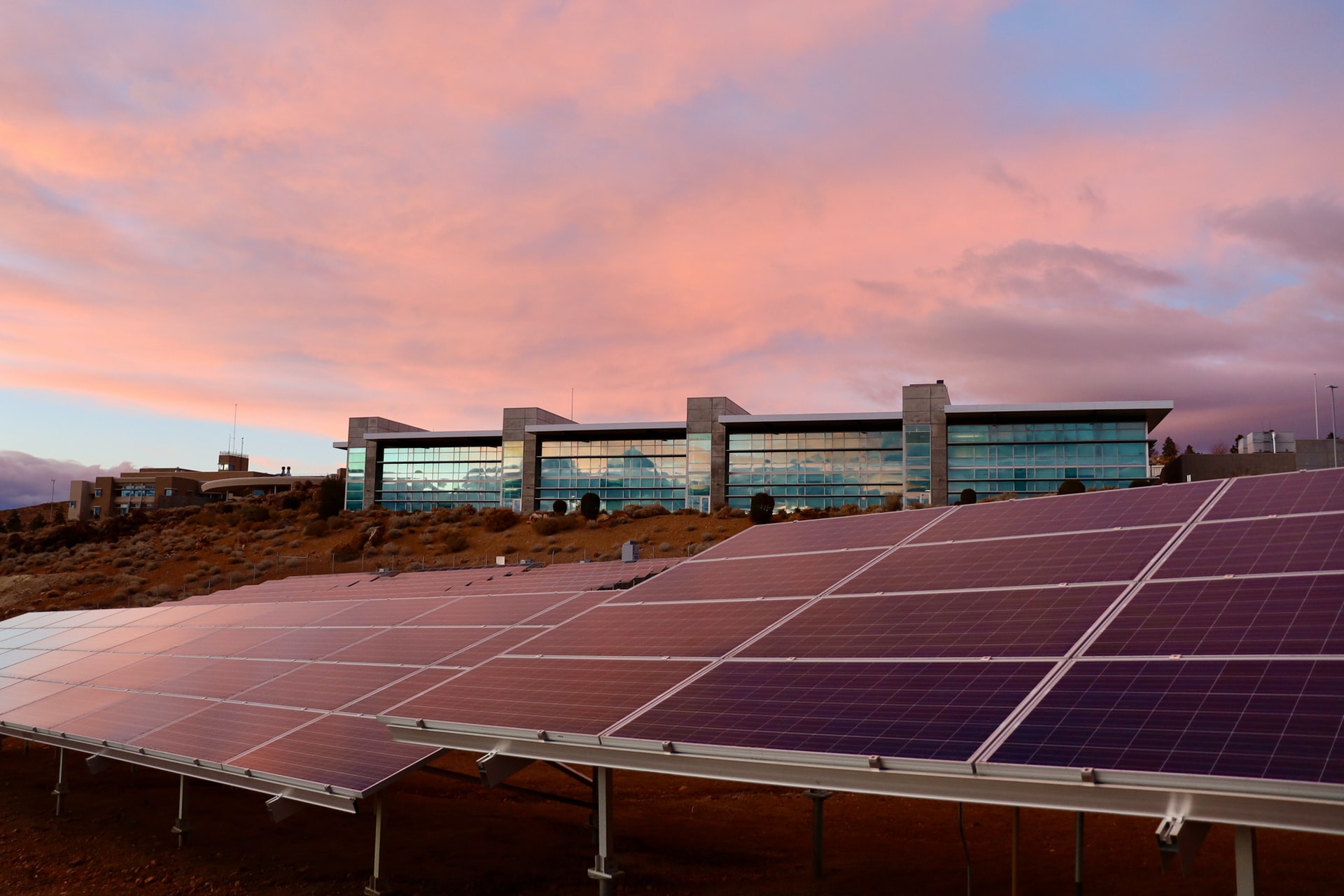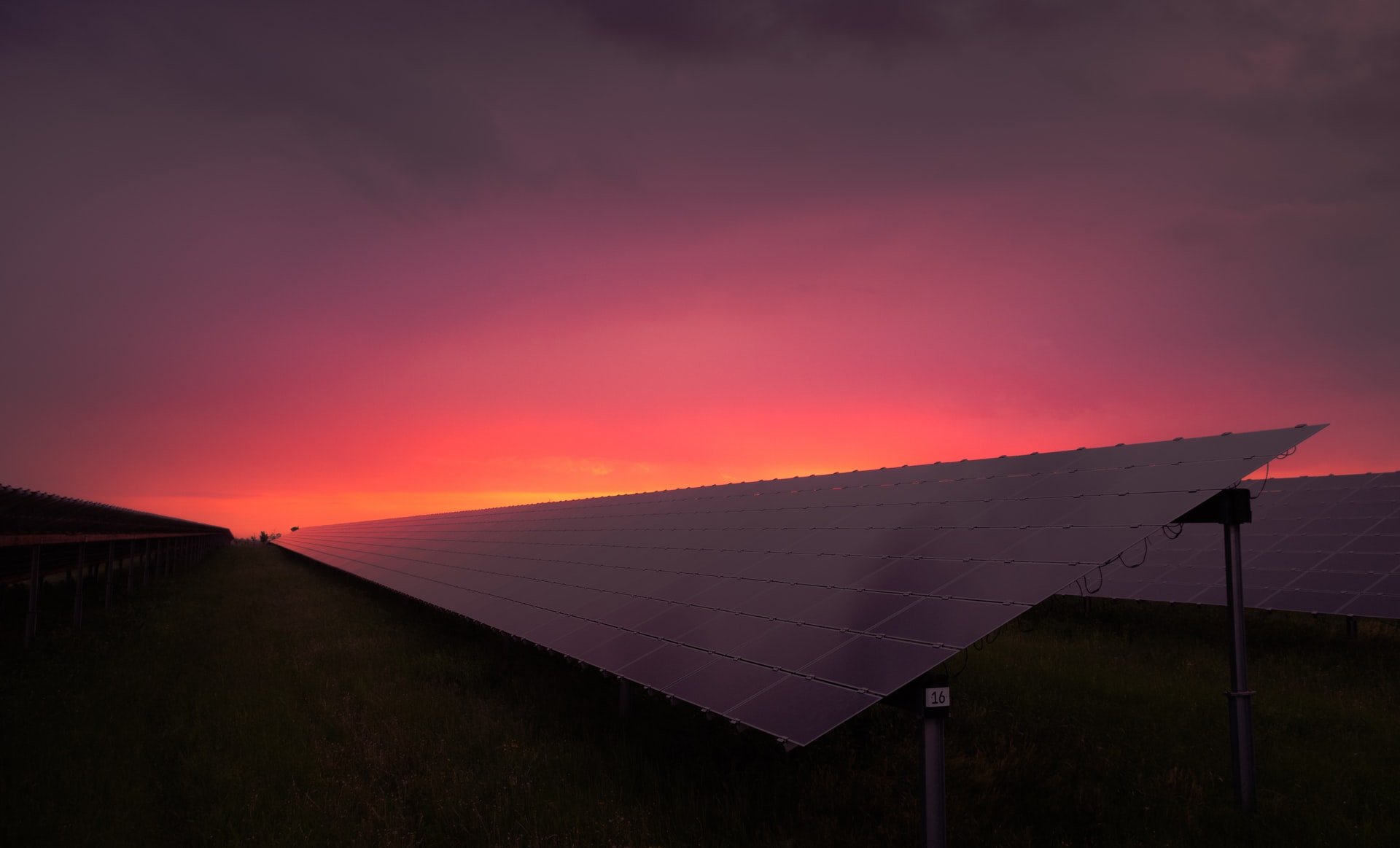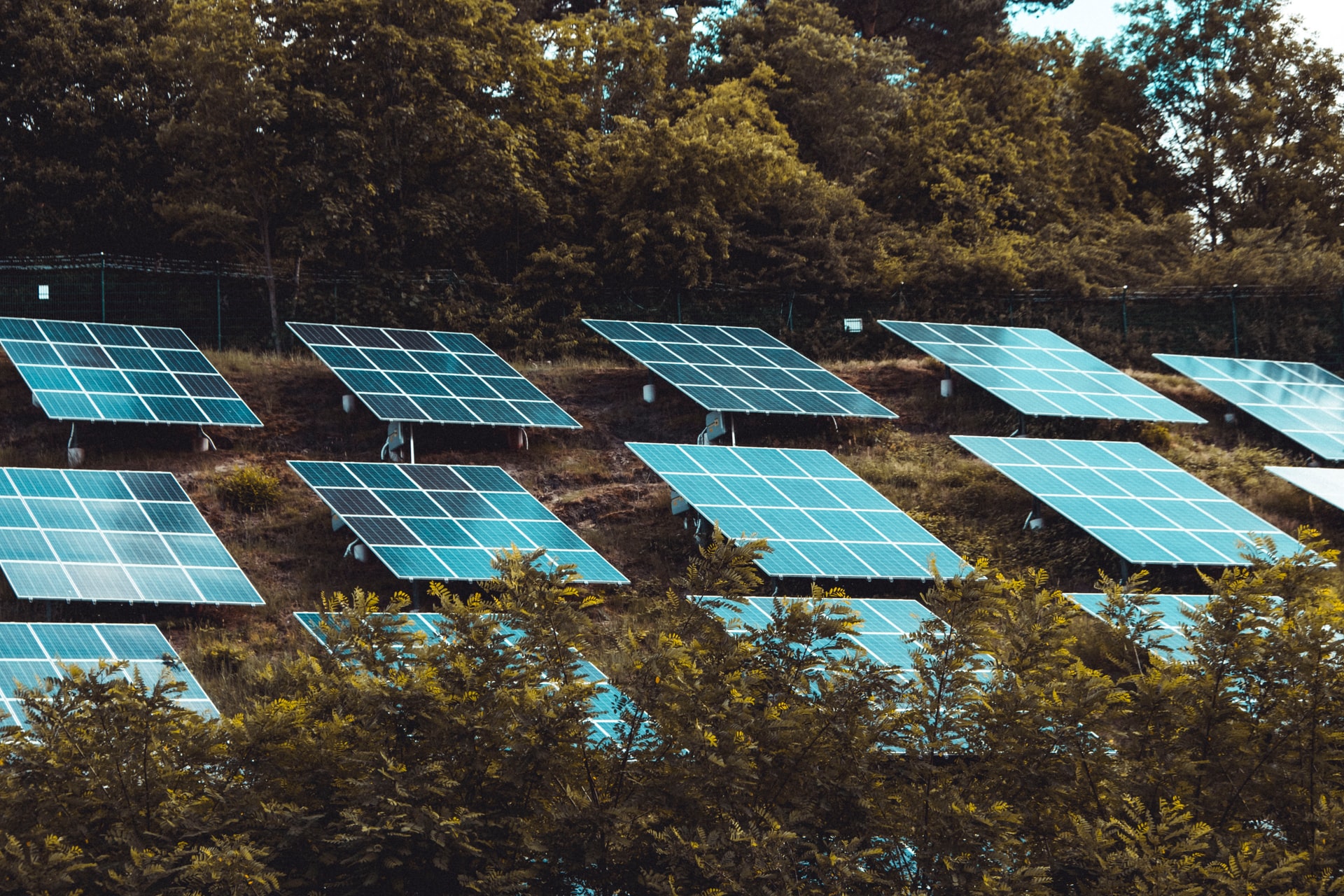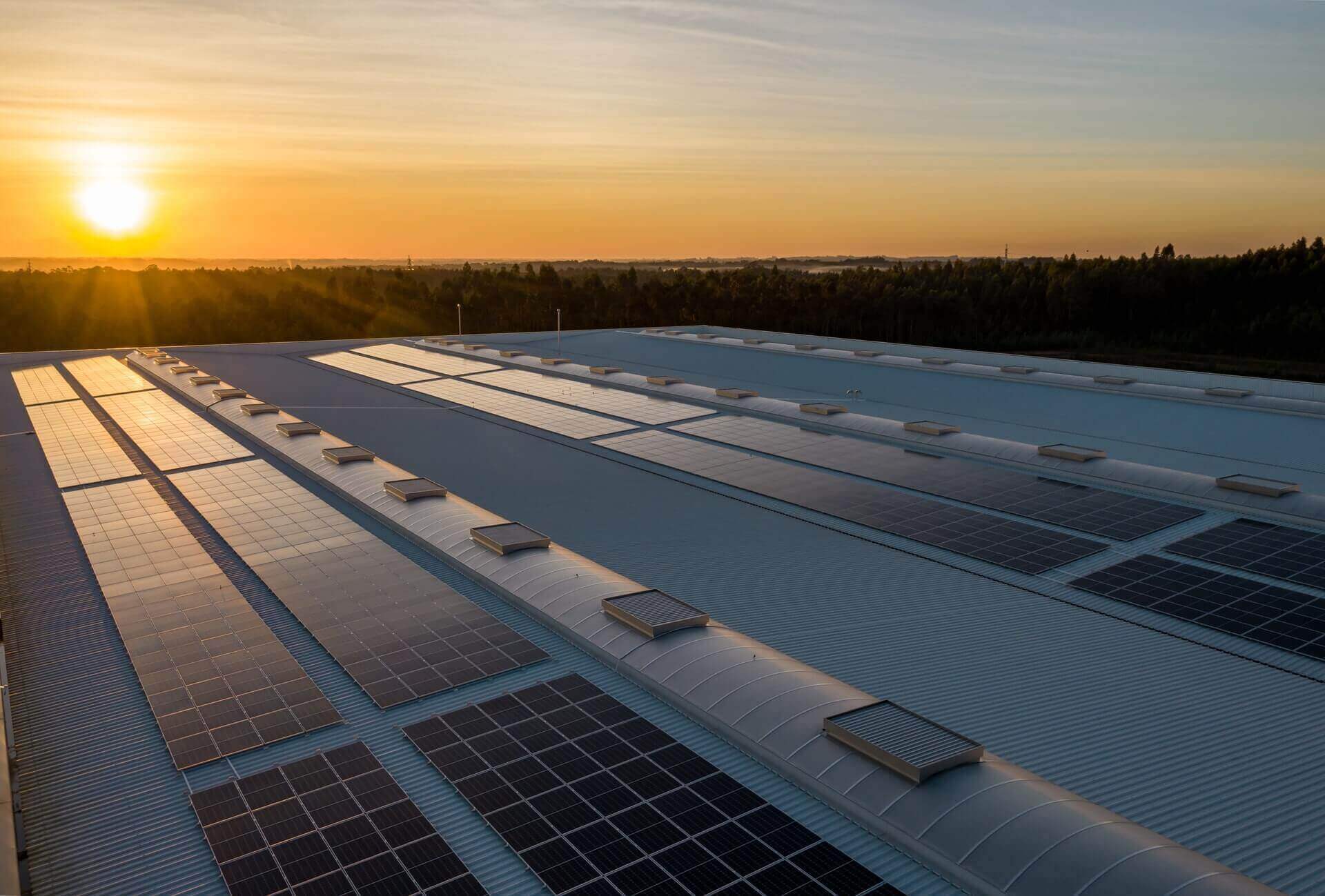
- Inspiring People -
- 6mins -
- 644 views
Stanford engineers adapt regular solar panels to generate electricity at night
Researchers have developed a device that helps off-the-shelf solar cells generate electricity—even in the absence of light—using the fluctuating temperature of ambient air.
Stanford Engineers’ device helps solar panels generate electricity at night
The proof is long established that photovoltaic (PV) solar panels are an excellent alternative to more traditional energy sources, however they come with one major drawback: they can only be used during the daytime… that is until now. Sid Assawaworrarit, an electrical engineer and PhD candidate at Stanford University, and a team of colleagues have been working to make ordinary solar panels functional at night. The good news is that Assaworrarit and his team have been successful so far.

New technology takes advantage of a surprising fact about solar panels
Sid Assaworrarit and his colleagues at Stanford have created a device that helps regular solar panels generate electricity using the fluctuating temperature of ambient air. You may be surprised to learn solar panels can kind of work in reverse; solar panels emit infrared radiation even in the absence of light.
This takes the form of protons carrying heat away from the solar panel via wavelengths invisible to the human eye. On a clear day (when there aren’t any clouds in the sky to reflect infrared light back toward Earth) this heat transfer creates a temperature difference of a few degrees: this is the secret to Assaworrarit’s device.
The device, called a thermoelectric generator, catches the heat that flows between the warm air and the solar panel and turns it into energy. Assaworrarit’s team is currently able to obtain about 50 milliwatts per square meter of solar panel.
Though this is a small fraction of the amount of electricity a solar panel can generate during the day (most are capable of about 150 watts per square meter), Assaworrarit says the right location and a few tweaks to the technology may allow the device to pick up “about one or two watts per square meter,” which is far more than solar panels were previously able to generate at night.
Source: ExtremeTech

Radiative cooling could reduce the need for expensive batteries in some applications
Assaworrarit’s team isn’t the first to use a thermoelectric generator to capture heat from the night, but their approach looks promising when it comes to using solar panels that already exist for daytime use. By using an aluminum plate to reduce the amount of heat that could escape from the edges of their solar panels, the team was able to multiply their technology’s generated energy nearly ten times.
Night-effective solar panels carry a significant amount of potential. Scientists who use solar-powered equipment, like meteorologists and wildlife researchers, could benefit from more reliable power sources and lighter backup battery loads.
Those who rely on solar power and other off-grid solutions for daily life—i.e. around one billion people globally—could also benefit from panels capable of providing a more consistent stream of electricity.
Source: ExtremeTech

How the device taps into a source of energy that’s easily overlooked
The Earth is constantly receiving a tremendous amount of energy from the Sun, to the tune of 173,000 terrawatts. Clouds, particles in the atmosphere, and reflective surfaces like snow-covered mountains immediately reflect 30 percent of that energy out into space. The rest of it ends up warming the land, oceans, clouds, atmosphere, and everything else on the planet.
But that energy doesn’t stay here. Except for the additional heat that greenhouse gasses have been trapping once humans started burning copious amounts of fossil fuels since the Industrial Revolution, Earth sends out about as much energy as it receives. That’s why the planet emits a truly mind-blowing amount of energy as infrared radiation.
“It’s a sort of light,” Assawaworrarit told InterestingEngineering. The infrared radiation that glows from the warm Earth (or anything else) has wavelengths that are too long for eyes to see, but it does carry energy. In fact, more than half of the total amount of solar energy that hits the Earth goes through this process, eventually returning to space.
What Assawaworrarit and his colleagues have done is to devise a new way to capture that energy as it departs the planet.
By integrating this new technology with solar panels that generate electricity during the day, the researchers have taken an important step forward in making it possible for ordinary people to capture this energy for themselves.
However, understanding the physics behind these nighttime solar panels is only part of the battle. Engineers have been working for years to make them efficient enough to be worthwhile for use in the real world.
Source: InterestingEngineering

Assawaworrarit and his colleagues started working on the problem during the pandemic.
"We got stuck quite a bit in the beginning because the deep the number that we got early on was nowhere near what we expect," Assawaworrarit told InterestingEngineering. After months of crunching the numbers, the team’s first experiment showed that early iterations of the device produced about one-tenth the amount of electricity they were expecting.
It turned out that one big problem was getting in their way.
"A solar cell is actually not a very good heat conductor," Assawaworrarit says. "That’s where the problem lies." The engineers realised that energy escaping the edges of the solar panel wasn’t contributing very much to the system’s energy output because the thermal energy couldn’t easly travel through the solar cell itself.
"Looking back, it sounds straightforward," he says. "But at that point, it wasn’t obvious."
The engineers fixed the problem by attaching the solar cell directly to an aluminum plate, which conducts the energy far more efficiently.
"That was sort of an epiphany," he says. You can read their findings, published in Applied Physics Letters, by clicking here.
Source: InterestingEngineering


